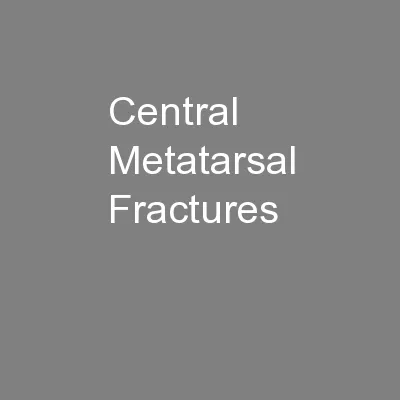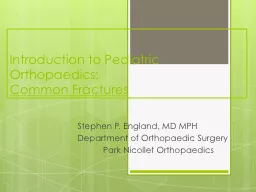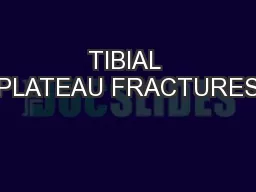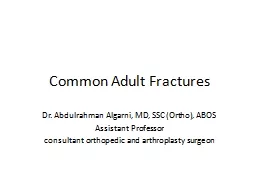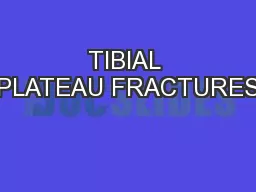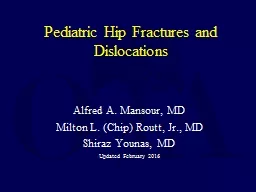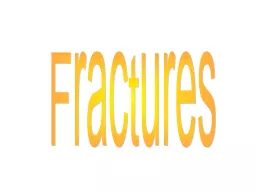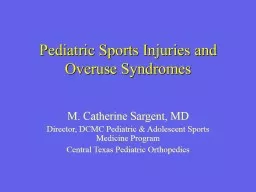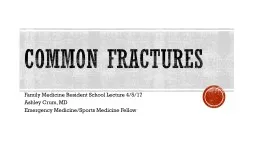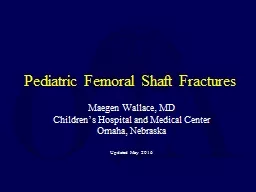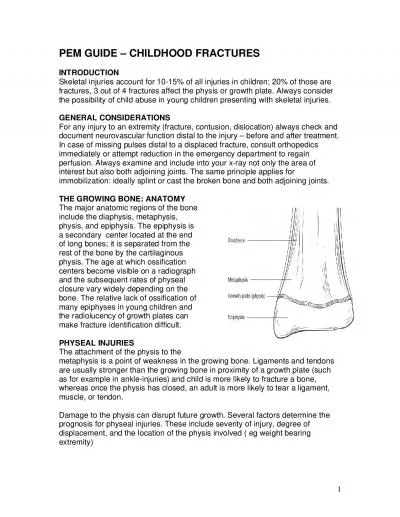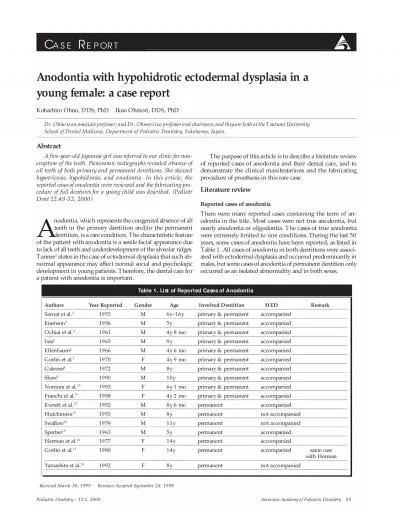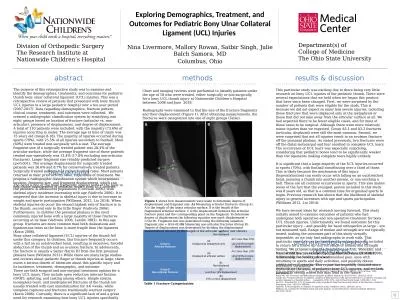PDF-Common Pediatric Fractures
Author : barbara | Published Date : 2022-09-22
Quoc Phong Tran MD UNSOM Primary Care Sports Medicine Fellow November 6 2014 Pediatric fractures 20 of injured kids found to have fracture on evaluation Between
Presentation Embed Code
Download Presentation
Download Presentation The PPT/PDF document "Common Pediatric Fractures" is the property of its rightful owner. Permission is granted to download and print the materials on this website for personal, non-commercial use only, and to display it on your personal computer provided you do not modify the materials and that you retain all copyright notices contained in the materials. By downloading content from our website, you accept the terms of this agreement.
Common Pediatric Fractures: Transcript
Download Rules Of Document
"Common Pediatric Fractures"The content belongs to its owner. You may download and print it for personal use, without modification, and keep all copyright notices. By downloading, you agree to these terms.
Related Documents


